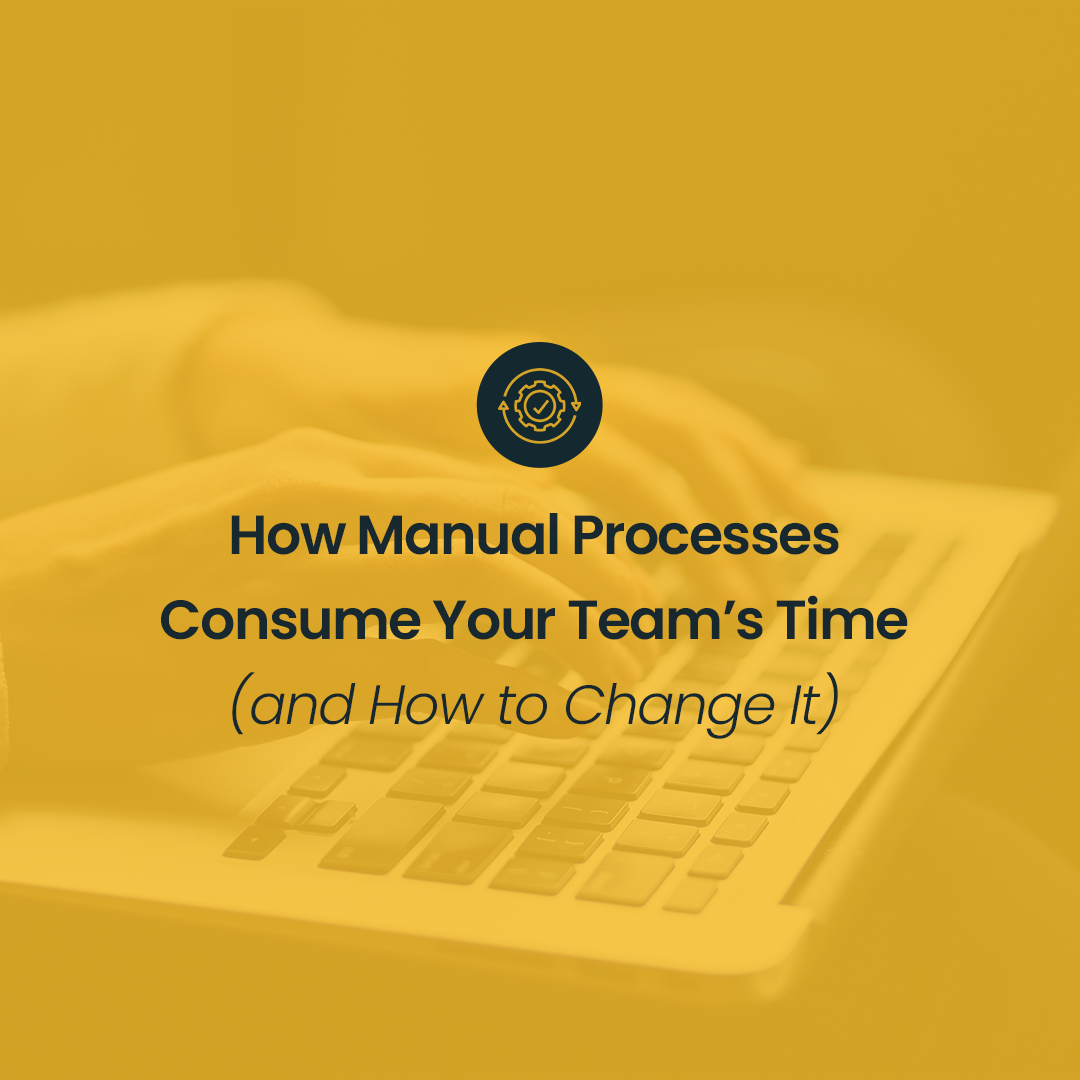What is ROAS, or Return on Advertising Spend?
ROAS (Return on Advertising Spend) is a marketing metric that measures the effectiveness of an advertising campaign by showing how much revenue is generated for every dollar spent on advertising. In simple terms, ROAS indicates whether an ad campaign is profitable by comparing revenue against advertising costs.
Understanding ROAS is crucial for businesses looking to maximize their return on investment (ROI) and optimize their marketing strategy. A good ROAS means that your marketing efforts are generating significant returns relative to your ad spending, making it one of the most important marketing metrics in digital advertising.
How to Calculate ROAS (Return on Advertising Spend)?
Knowing how to calculate ROAS is essential for evaluating the success of an advertising campaign. The ROAS formula is simple:
ROAS = Revenue from Ads / Advertising Expenses
For example, if a business runs a Google Ads or Amazon Ads campaign that generates $100,000 in revenue while incurring advertising costs of $20,000, the ROAS calculation would be:
$100,000 ÷ $20,000 = 5 (or 500%)
This means that for every dollar of ad spend, the campaign returns $5 in revenue. A good return on ad spend varies depending on the industry, profit margins, and overall business goals, but higher numbers typically indicate more efficient ad platforms and campaign management.
Many ad platforms, including Google Ads and Facebook Ads, provide built-in tools to measure ROAS and help businesses improve their advertising performance. Knowing how to calculate return on ad spend accurately allows marketers to refine their targeting, bidding strategies, and ad creatives to achieve a higher ROAS.
Why is ROAS Such an Important Advertising Metric?
ROAS is not just a number. In the hands of a specialist, this metric becomes a powerful tool that allows you to:
Measure campaign profitability: A high ROAS indicates that the campaign is profitable and generates revenue. A low ROAS signals the need for optimization.
Compare the effectiveness of different campaigns: You can compare ROAS across various campaigns to determine which ones are the most effective in driving sales.
Optimize the advertising budget: Analyzing ROAS helps allocate the budget to campaigns or media that provide the highest return on investment.
Improve marketing strategies: ROAS in advertising provides valuable insights into the effectiveness of different strategies, ad creatives, and target audiences.
How Can Marketing Specialists Optimize ROAS? Why Does Return on Advertising Spend Matter for Marketing Decisions?
Marketing specialists across various ad platforms—from Google Ads to Amazon Ads and Facebook Ads—use ROAS to optimize their advertising campaigns and drive better results. Since ROAS is important in evaluating the profitability of an ad campaign, it directly impacts budget allocation, targeting strategies, and overall marketing efforts. Below are some key ways ROAS can help marketing specialists maximize their return on investment (ROI) and profit margins.
What Can Google Ads Specialists Measure with ROAS?
Setting Target CPA (Cost per Action) Bids Based on ROAS
Instead of focusing only on cost per click (CPC) or cost per acquisition (CPA), Google Ads specialists use ROAS insights to set target ROAS bids. This ensures that every dollar spent on advertising delivers measurable revenue, optimizing both conversions and overall ad spending.
Optimizing Product Campaigns
In Google Ads, ROAS is a key metric for product listing ad (PLA) campaigns. Specialists analyze ROAS across different products or categories to identify the most profitable ones and adjust bids accordingly. A high ROAS suggests strong profit margins, while a low ROAS may indicate the need for bid adjustments or targeting refinements.
Tracking the Effectiveness of Display Ads
Using ROAS, advertisers evaluate whether display ads generate enough return on ad spend to justify advertising costs. If ROAS varies significantly across different ad creatives, specialists can adjust targeting, refine ad messaging, or experiment with placements to improve ROAS.
Using Smart Bidding Strategies
Google Ads provides automated bidding strategies, including target ROAS bidding, which optimizes bids in real-time based on historical performance data. Specialists leveraging ROAS as a bidding strategy can automate bid adjustments, helping to boost ROAS while minimizing manual optimization efforts.
How Can Meta Ads Specialists Support Their Advertising Efforts Using ROAS?
Meta Ads specialists rely on ROAS to refine their marketing strategy, improve campaign performance, and optimize advertising spend. Whether the goal is lead generation, increasing website traffic, or boosting product sales, using ROAS as a key marketing metric ensures data-driven decision-making.
Optimizing Campaigns for Different Goals
A good ROAS indicates that an ad campaign is efficiently driving conversions. Specialists analyze ROAS across different ad groups, adjusting targeting, ad creatives, and budgets to achieve better results. If ROAS is underperforming, changes to audience segmentation or bidding strategies can help improve campaign efficiency.
Testing Different Ad Formats
Meta Ads provides multiple ad formats, including text ads, image ads, and video ads. Testing different ad creatives helps determine which formats yield a higher ROAS. Since ROAS varies based on content type and audience engagement, continuous A/B testing ensures optimal performance.
Utilizing Analytics and Optimization Tools
Meta Ads offers built-in analytics to help measure ROAS and enhance campaign strategies. These tools provide insights into ad spending, cost per click, and audience behavior, enabling specialists to adjust bidding strategies and optimize return on investment (ROI).
How Do Programmatic Specialists Use Return on Advertising Spend?
Programmatic advertising platforms, such as Display & Video 360, leverage ROAS to automate ad spend optimization and improve marketing metrics. Since ROAS is important in programmatic advertising, specialists use real-time data to maximize profit margins and ensure every dollar spent on advertising delivers measurable results.
Real-Time Campaign Optimization
By monitoring ROAS in real-time, programmatic specialists can adjust bids, targeting, and ad creatives instantly. If an ad campaign has a low ROAS, they can modify placements or refine audience segments to boost ROAS.
Leveraging Data and Algorithms
Programmatic platforms use ROAS as a bidding strategy to automate budget allocation. Specialists define target ROAS, and AI-driven systems adjust campaign parameters dynamically, optimizing performance and ensuring a good return on ad spend.
What Can Cause Low ROAS? How to Improve Your ROAS
A low ROAS can indicate inefficiencies in an advertising campaign, leading to poor return on ad spend and wasted advertising costs. Whether you're running Google Ads, Amazon Ads, or Facebook Ads, understanding what affects ROAS and ROI is crucial to achieving a good ROAS ratio and maximizing profit margins.
Common Causes of Low ROAS
Several factors contribute to low ROAS, including:
Poor Audience Targeting – If your ad campaign reaches the wrong audience, conversion rates drop, reducing ROAS metrics.
Weak Ad Creatives – Ineffective ad formats and messaging lead to poor engagement and lower ROAS across different platforms.
High Advertising Costs – An inflated cost per click (CPC) or cost per action (CPA) can erode your return on ad spend.
Unoptimized Landing Pages – A slow or confusing landing page can decrease conversions, impacting ROAS calculations.
Inefficient Budget Allocation – Failing to distribute your ad spending to high-performing campaigns can result in wasted resources and a negative ROAS.
How to Improve Your ROAS and Optimize Your Advertising Campaigns
To boost ROAS and increase your return on investment (ROI), follow these proven strategies:
1. Target Ads to the Right Audience
Effective audience segmentation is essential for a good return on ad spend. Use customer lifetime value (CLV) insights, behavior tracking, and interest-based targeting to refine your marketing strategy and achieve a higher ROAS.
2. Create High-Quality Ads for Better Engagement
Your ROAS ratio depends heavily on effective ad creatives. Test different ad formats—text, image, and video—to determine what drives the best engagement. High-performing ads will naturally lead to a higher ROAS.
3. Use the Right Keywords for Search Ads
In Google Ads and Amazon Ads, keyword selection is critical to calculate ROAS accurately. Target high-converting keywords that align with your landing page to ensure a good ROAS and a lower cost per acquisition.
4. Optimize Bidding Strategies
Using target ROAS as a bidding strategy allows platforms like Google Ads and Facebook Ads to automatically adjust bids based on expected conversion value. A well-optimized bidding strategy ensures every dollar spent on advertising delivers strong ROAS performance.
5. Improve Landing Page Experience
A high ROAS depends on strong conversion rates. Ensure your landing page loads quickly, matches your ad messaging, and has a strong call to action. A well-optimized landing page enhances marketing efforts and boosts ROAS calculations.
6. Test and Analyze Campaign Performance
Regularly measuring ROAS across different ad campaigns helps pinpoint areas for improvement. Run A/B tests on ad creatives, targeting strategies, and bidding tactics to find the best-performing combination.
7. Monitor ROAS and Adjust Budget Allocation
Tracking ROAS in real-time allows for smart budget shifts. Allocating more ad spending to high-performing marketing campaigns ensures that every dollar spent is optimized for maximum profitability.
By applying these tactics, businesses can optimize their marketing strategy, improve ROAS, and ensure their advertising campaigns consistently drive a good return on ad spend.
Why Applying ROAS is Important – Summary
ROAS is one of the most critical marketing metrics for evaluating the success of an advertising campaign. It helps businesses measure the return on ad spend, optimize ad spending, and maximize profit margins. By leveraging ROAS and ROI insights, marketing specialists can fine-tune their marketing strategy, allocate budgets more effectively, and improve the overall performance of their digital advertising efforts.
A positive ROAS indicates that an ad campaign is driving profitable returns, while a low ROAS may signal the need for optimization. Since the goal is to drive higher revenue for every dollar you spend, setting a benchmark for success helps marketers compare performance across platforms. Whether using Google Ads, Amazon Ads, or Facebook Ads, consistently measuring ROAS across different campaigns ensures that every dollar spent on advertising delivers the best possible returns.
Checklist: Key Takeaways for Optimizing ROAS
Measure ROAS regularly to track performance and set a benchmark for success.
Target the right audience to improve conversion rates and achieve a positive ROAS.
Use high-quality ad creatives to increase engagement and campaign efficiency.
Optimize landing pages to ensure a smooth customer journey and maximize conversions.
Refine keyword selection to improve search ad performance and ad spending efficiency.
Leverage target ROAS bidding to automate bid optimization and control costs.
Monitor cost per click (CPC) and cost per acquisition (CPA) to manage advertising costs effectively.
Run A/B tests to determine the best-performing ad formats and messaging strategies.
Adjust budget allocation based on ROAS calculations to ensure a higher ROAS.
Use ROAS insights to refine marketing strategy and ensure that every dollar you spend contributes to profitability.
By following these strategies, businesses can achieve a good return on ad spend, optimize their marketing efforts, and drive sustainable growth in their advertising campaigns.
Final Takeaways on ROAS and Advertising Success
Understanding and applying ROAS (Return on Advertising Spend) is essential for businesses looking to improve their advertising campaigns and maximize their return on investment (ROI). A good ROAS is a key benchmark for measuring ad performance, ensuring that every dollar you spend on digital advertising generates measurable revenue. Since ROAS can also provide insights into profit margins, ad spending, and customer acquisition costs, marketers can use it to refine bidding strategies and improve campaign targeting.
While a positive ROAS suggests an effective marketing strategy, a low ROAS signals the need for adjustments in ad creatives, cost of the ad, and audience segmentation. Businesses must continuously track and optimize their ROAS metrics to maintain profitability and improve overall advertising efficiency. The goal is to drive sustainable growth by applying ROAS to help fine-tune campaigns, reduce wasted ad spending, and increase overall marketing effectiveness. Whether using Google Ads, Facebook Ads, or Amazon Ads, leveraging ROAS and ROI together ensures a good return on ad spend and long-term success in digital marketing.






